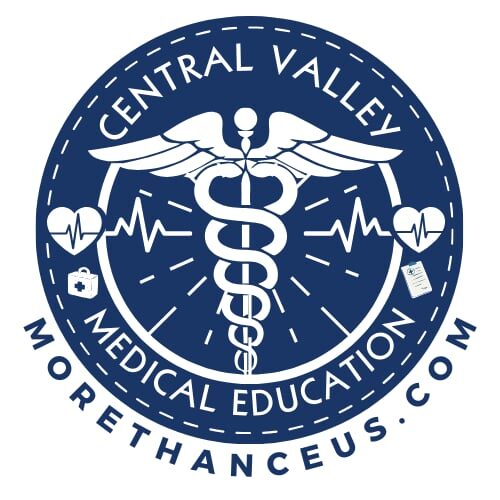Most Common Situations Leading to Injury
Needlestick injuries can occur in virtually any healthcare environment, but certain situations and settings dramatically increase the risk. Whether working in a hospital, ambulance, or outpatient clinic, understanding when and where these injuries occur most often is critical to preventing them.
🏥 Hospital Settings
Hospitals — particularly emergency departments, ICUs, and med-surg floors — are high-risk zones for needlestick injuries due to:
- Fast-paced, unpredictable workflows
- High patient acuity and volume
- Multidisciplinary teams working in close quarters
Common scenarios include:
- Venipuncture during patient movement (e.g., combative, confused, or pediatric patients)
- Recapping or improper disposal of needles after medication administration
- Passing sharps between providers during wound care or line placement
- Needle removal during high-stress procedures, such as intubation or central line insertions
Additionally, overfilled sharps containers, poor lighting, or cluttered workspaces can increase injury risk even for experienced staff.
🚑 Ambulance & Pre-Hospital Settings
EMS professionals often work in:
- Tight spaces
- Unstable environments
- Unpredictable conditions, such as moving vehicles, low lighting, or outdoor scenes
Common risk factors:
- Administering injections or starting IVs in transit
- Lack of access to secure sharps disposal
- Chaotic trauma or code scenes with multiple responders and limited visibility
- Combative or altered patients during rapid assessment and care
EMS workers are often forced to improvise — and this can lead to increased exposure to needlesticks due to rushed procedures and a lack of engineered safety devices.
🏥 Outpatient & Ambulatory Clinics
Although seen as “lower risk,” outpatient environments present unique dangers:
- Time pressure and high patient turnover
- Solo providers (e.g., one MA managing multiple injections, draws, and charting tasks)
- Increased use of multi-dose vials, increasing handling of sharps per patient
Common risk points:
- Injections, vaccinations, allergy testing
- Phlebotomy stations with inadequate sharps container placement
- Manual recapping of needles — still too common in low-resource clinics
🧠 Key Takeaways:
- Injury risk varies by environment, but all settings share common high-risk procedures.
- Situational awareness, proper disposal access, and teamwork are critical to prevention.
- Hospitals, ambulances, and outpatient centers must all enforce sharp safety standards tailored to their environment.
